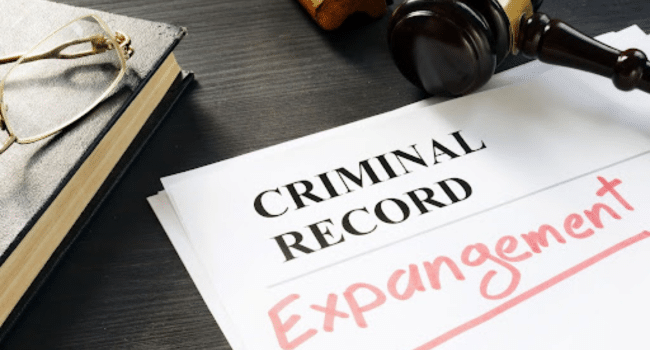Table of Contents
Navigating the legal process of record expungement can be daunting, but it’s not always necessary to hire a lawyer. With the right knowledge and guidance, you can take matters into your own hands. This guide is designed to empower individuals seeking to clear their records by providing step-by-step instructions, valuable insights, and essential resources.
Whether you’re aiming to remove past convictions, arrests, or other legal blemishes, understanding the process and your rights is key. By following this DIY approach, you can potentially save time, and money, and regain control over your future. Remember, even after expungement, records might still show up on fingerprinting and background checks depending on your jurisdiction’s laws. Let’s embark on this journey to a clean slate together.
Understanding Record Expungement
Record expungement is the legal process of removing past criminal convictions or arrests from your record. It offers individuals the opportunity to start afresh by essentially wiping the slate clean. Understanding the laws and regulations surrounding expungement in your jurisdiction is crucial. This involves knowing what types of offenses are eligible for expungement, the waiting periods involved, and any specific requirements or limitations.
Assessing Eligibility Criteria
Before proceeding with expungement, it’s essential to determine if you meet the eligibility criteria set forth by your state or country. Eligibility factors typically include the nature of the offense, the passage of time since the conviction or arrest, and whether you’ve fulfilled all obligations related to the conviction, such as probation or restitution.
Gathering Necessary Documentation
Once you’ve confirmed your eligibility for expungement, the next step is to gather all the required documentation. This may include court records, arrest reports, sentencing orders, and any other relevant paperwork. Thoroughly collecting and organizing these documents is essential for a smooth expungement process and can help streamline the application process.
Navigating the Expungement Process
Navigating the expungement process can vary depending on your jurisdiction, but it typically involves completing and filing the necessary paperwork with the appropriate court or government agency. This may include petitioning the court for expungement, attending hearings, and complying with any additional requirements or procedures outlined by the authorities.
Following Up and Ensuring Success
After submitting your expungement petition, it’s crucial to follow up on the progress of your case and ensure that all necessary steps are being taken to achieve success. This may involve staying in communication with your attorney or representing yourself in court, attending hearings as required, and providing any additional information or documentation requested by the authorities. By actively participating in the process and remaining proactive, you can increase the likelihood of a favorable outcome and successfully clear your record.
Taking control of your record expungement journey empowers you to reclaim your future. By understanding eligibility, gathering documentation, and navigating the process, you can achieve a clean slate. Stay proactive, follow through, and with determination, pave the way for a brighter tomorrow. Remember, whether it’s expunging your driving record, the process demands diligence and commitment to securing a fresh start.
Read more on KulFiy
Driving Under The Influence: Why Legal Representation Matters?
Navigating the Legal Landscape: AI-assisted LLM App Platforms
A Deep Dive Into The Benefits And Admissibility Of Legal Animation
